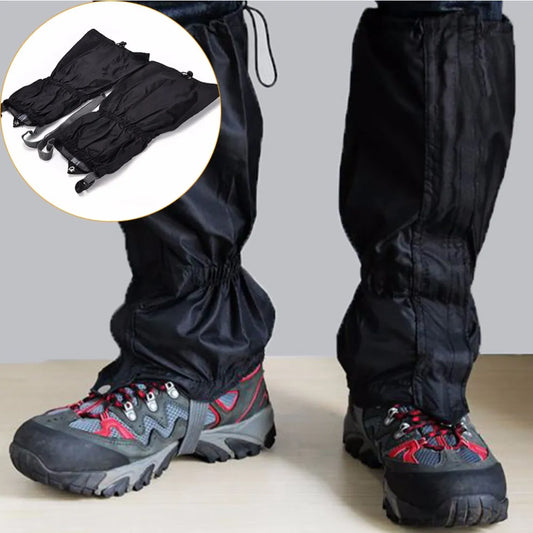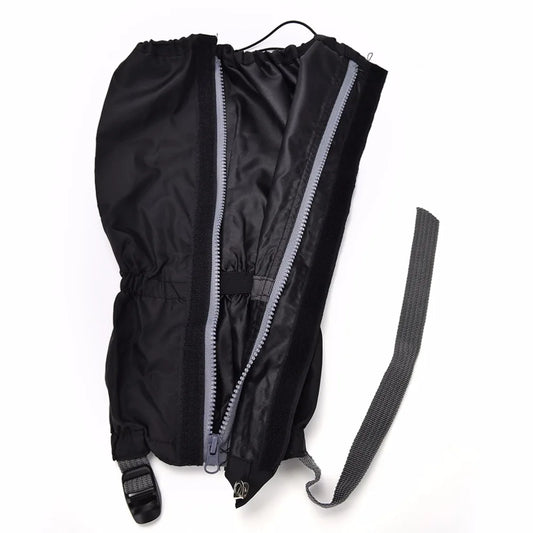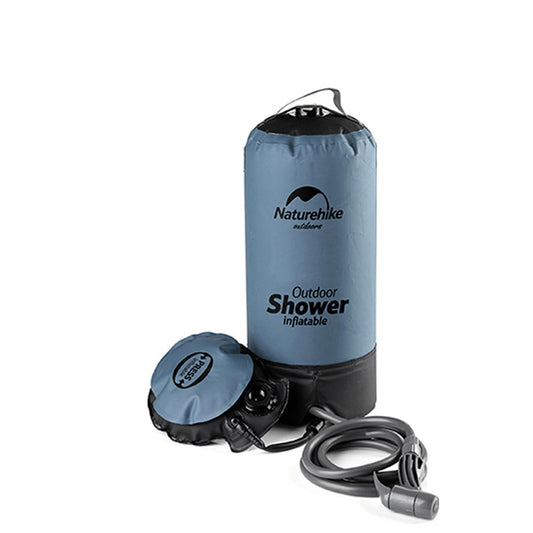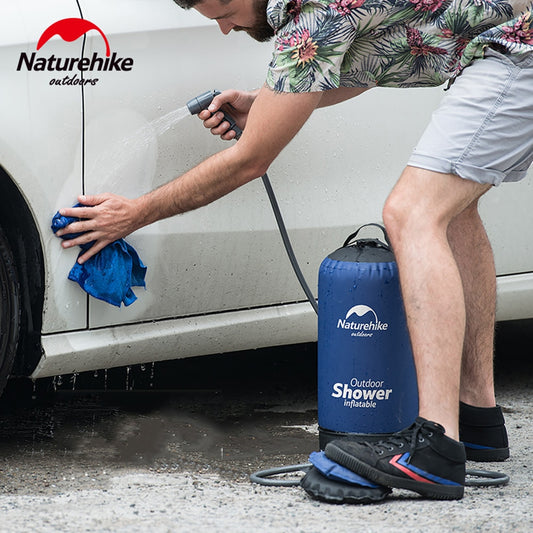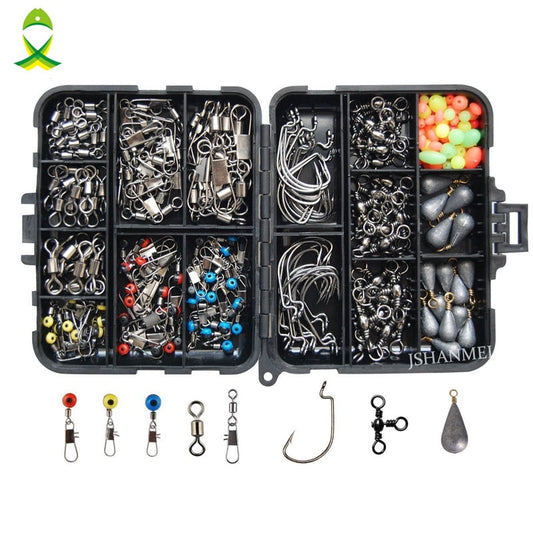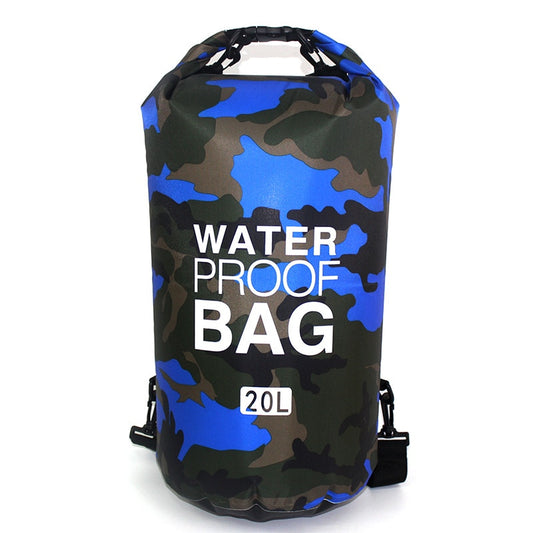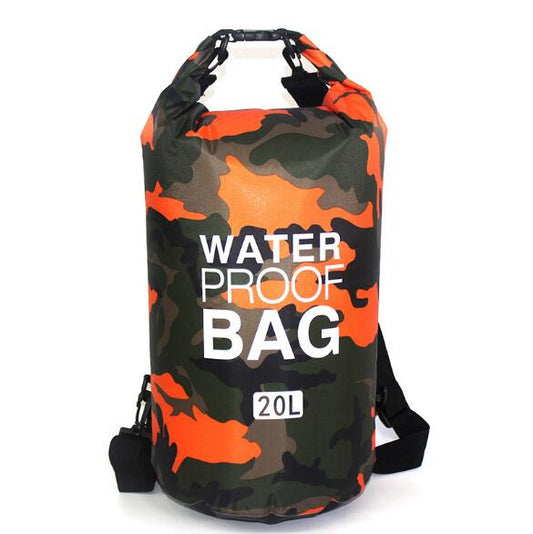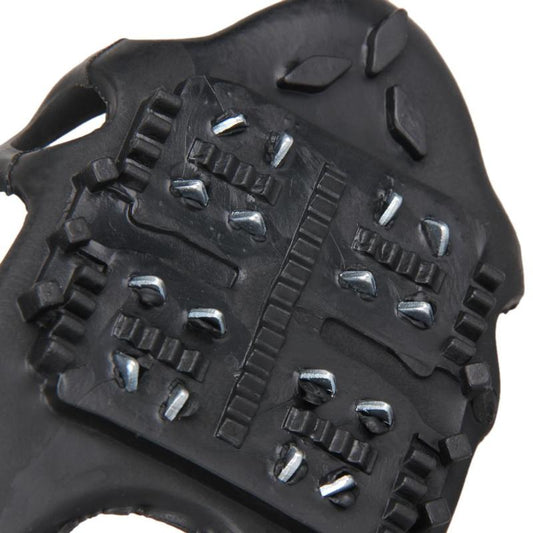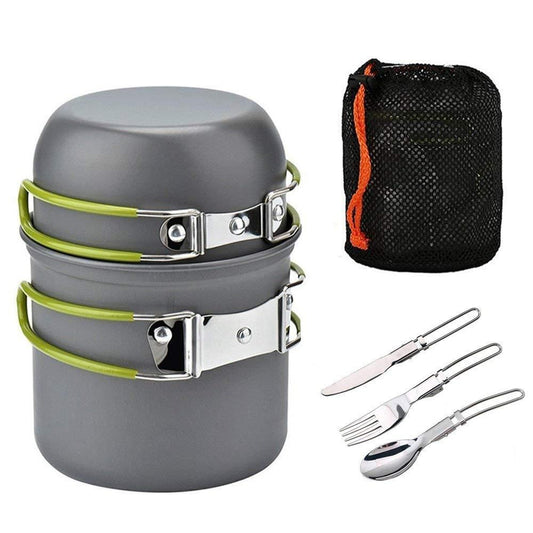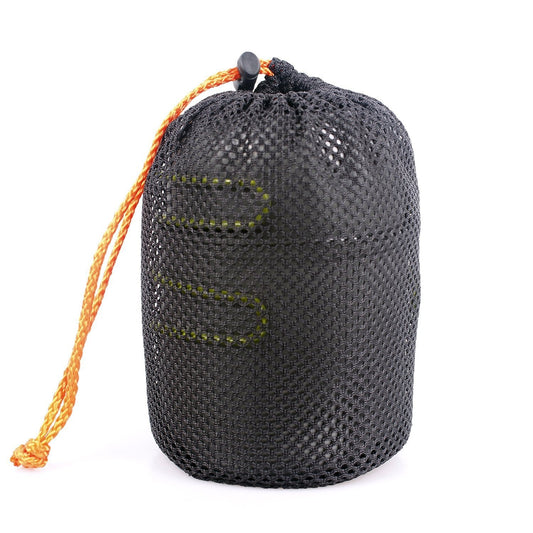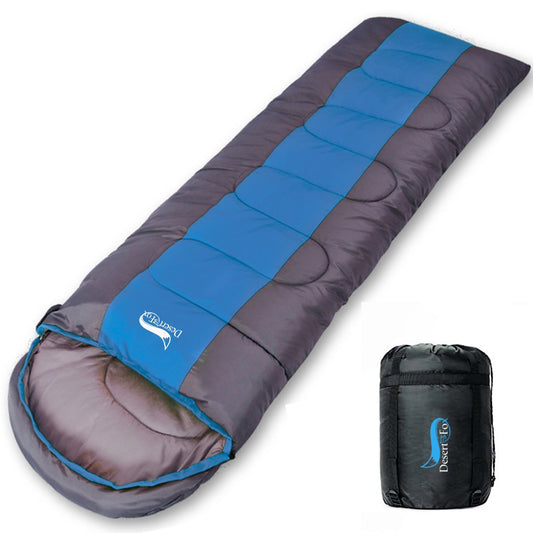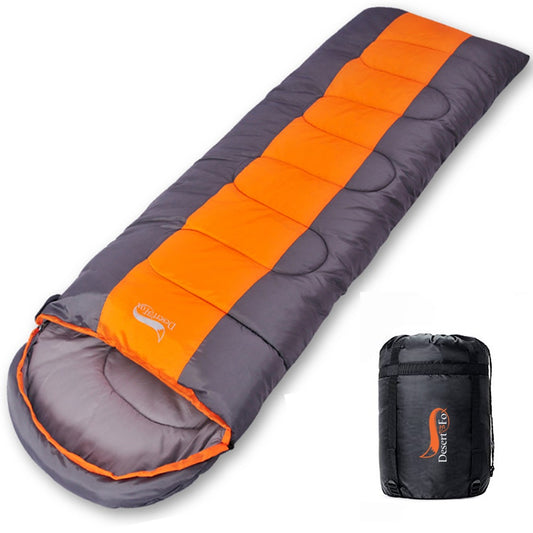
Top Ways To Keep Weeds Out Of Your Garden
Share
The more weeding you do in your garden, the more time you'll have to enjoy it. But weeds can be a real pain in the neck if they get out of control. That's why I've put together this list of some tried and true techniques for keeping weeds out of your garden.
Mulch

You can help weeds stay away by mulching your garden. Mulch is a layer of material that's placed over the soil and helps retain moisture, keeping the soil cool during hot weather. It can be made from materials such as leaves, bark, or even straw. It also adds nutrients to the soil, which helps prevent weeds from growing in it.
Mulch can also be used as a raised bed base, which will help keep moisture in your plants' roots instead of evaporating away into the air like it would if you didn't have any mulch on the surface of your garden bed.
Mulching is an easy and effective way to keep weeds at bay, but it doesn't always work as well in more temperate climates. If you live in a warm climate (or have a lot of rain), the mulch can become too hot for weeds to survive and grow with the temperature. This means you'll need to adjust your expectations accordingly—but if there's any doubt about whether or not your area is going to get heavy rain or cold temperatures, consider using mulch all year round!
Dividing and Re-planting Landscape Plants

If you want an easy way to control certain types of weeds without using chemicals, try dividing and replanting them instead! This method works best when used on perennial plants like strawberries or flowers because they can send out new roots from their stems after being divided off into smaller pieces so they don't spread so quickly around the garden bed area where they were originally planted originally.
If you’re planning on dividing your lawn, it's important to ensure that all of the remaining plants are weed free. This will help prevent any new weeds from taking root in the space where the old ones have been removed, especially if there is no existing soil management plan in place for your property.
Dividing and re-planting landscape plants is a great way to get rid of unwanted plants. Dig up the plant, if necessary, using a sharp knife or spade to dig up the root-ball in one piece. Use a trowel to dig out any large roots that are left behind after digging your way down through the soil where they lay buried below ground level.
When moving a plant from one area of your yard into another, be sure that there aren't any weeds nearby so they don't get transplanted along with the plant itself.
After removing all dead leaves and old stalks from around each plant, replant it immediately with fresh soil and new roots. Weeds are easy to spot when you're dividing or re-planting landscape plants.
Use the Right Herbicide

When you're about to use a herbicide, it's important to be sure that your plants are safe. If you don't know what type of herbicide needs to be applied and how much should be used, then there's a good chance that you're putting your plants at risk. It's also important not to overdo it by applying too much or too little of any given product.
The label will tell how often and how much should be used so that everyone knows how much is okay for each type of plant—and this info can be found on the back side of most packaging materials (or online).
There are plenty of herbicide available for use in your garden. Some weeds need to be killed on contact while others will continue to grow if there is no intervention.
Herbicides can be used to kill weeds in the garden, lawn or flowerbeds by applying them directly or by spraying a diluted solution onto plants that have been sprayed with the pesticide.
Control In-ground Viruses
The most effective way to control in-ground viruses is through the use of fungicides. Fungicides kill off germinating spores and prevent new viral growth by killing the fungus itself. They are also effective at suppressing fungal growth on non-host plants and weeds that have been infected with the virus, preventing them from spreading the disease to your garden plants.

In addition to being used as an active ingredient in pesticide formulations, many organic gardeners use organic tea tree oil as a natural fungicide because it kills both fungus and bacteria without harming beneficial soil organisms such as archea bacteria (the good guys).
Tea tree oil can be applied directly onto leaves after planting or spray onto foliage once or twice during early spring when temperatures begin rising above freezing point each day
Vaccinating your garden against viruses can reduce the growth of these troublesome pests.
If you have a problem with pests that roots around in your garden, it can be difficult to find the source. A lot of times, we just don't know what caused them until we see them again later on. But there is one thing you can do: vaccinate your garden against viruses!
Viruses are tiny organisms that cause disease in plants and animals. They live in the soil so they need to be treated through the use of pesticides or other chemicals before they infect plants or animals (including humans).
There are two types of viruses: bacteriophage (which kill bacteria) and virophages (which kill viruses). Bacteriophages work by attaching themselves onto the surface of bacteria while virophages use a mechanism similar to syphilis prior infection where they enter into cells inside host cells causing cell death by apoptosis which means programmed cell death). Both types have been used successfully against many different diseases including mushroom rot fungus sprouting up everywhere around the house!
In Conclusion, Weeds are annoying for farmers, but they're also a problem for gardeners. If you're looking for a way to keep them out of your garden, you can't go wrong with these tried and true techniques.
If you have any questions or comments leave them below or feel free to contact us.
Presented by Coach Trina @ dragoyle.com



